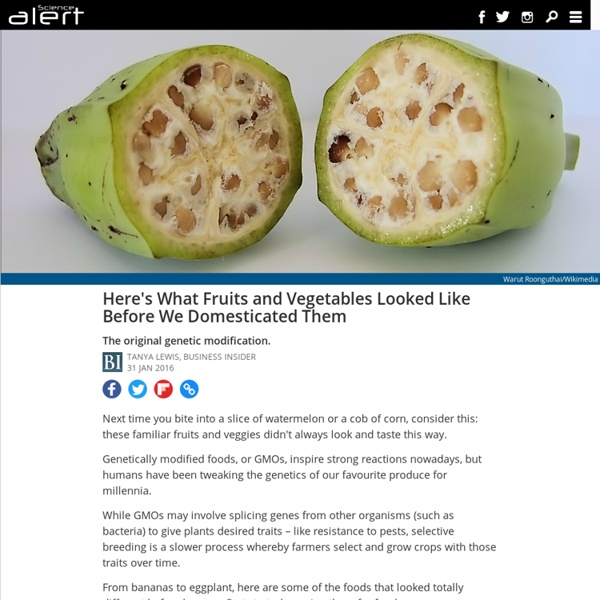Hear The Epic of Gilgamesh Read in the Original Akkadian and Enjoy the Sounds of Mesopotamia
Long ago, in the ancient civilization of Mesopotamia, Akkadian was the dominant language. And, for centuries, it remained the lingua franca in the Ancient Near East. But then it was gradually squeezed out by Aramaic, and it faded into oblivion once Alexander the Great Hellenized (Greekified) the region. Now, 2,000+ years later, Akkadian is making a small comeback. At Cambridge University, Dr. Martin Worthington, an expert in Babylonian and Assyrian grammar, has started recording readings of poems, myths and other texts in Akkadian, including The Epic of Gilgamesh.
Potato Bacon Cheddar Tart - Chef Michael Smith
I’ve been making this dish for a long time. It’s a bit involved but it remains one of the most impressive potato dishes I know. This special occasion treat features the classic trio of potatoes, bacon and cheddar.
Race and Slavery in the Middle East
Bernard Lewis. Race and Slavery in the Middle East Oxford Univ Press 1994. Chpt. 1 Slavery In 1842 the British Consul General in Morocco, as part of his government's worldwide endeavor to bring about the abolition of slavery or at least the curtailment of the slave trade, made representations to the sultan of that country asking him what measures, if any, he had taken to accomplish this desirable objective.
This video shows what Ancient Rome actually looked like
It's impossible for anyone to see what ancient Rome looked like in all of its splendor, since we've failed to invent a time machine. But the above video, which shows a 3D rendering of Rome in 320 AD, is about as close as we can get. The video was created by Rome Reborn, an academic research project whose central mission is to create a full model of Rome at its greatest heights, working in conjunction with the Khan Academy.
A Beginner's Guide to Onions
[Photographs: Lauren Rothman, unless otherwise noted] Can you imagine a world without onions? These alliums—members of a family that also includes garlic and chives—are indispensable, adding a baseline of sweet and earthy flavor to many cooked dishes and contributing a spicy accent when served raw. But even if you use them almost every time you cook, onions can still be pretty bewildering. With about a dozen varieties readily available in most markets, as well as several less common types, it can be hard to know which kind of onion to choose for your marinara sauce and which to select for your pico de gallo. Never fear: let our ingredient guide come to the rescue.
Bound to Be Beautiful: Foot Binding in Ancient China
June 4, 2005–August 28, 2005 Bound to Be Beautiful: Footbinding in Ancient China is a traveling exhibit from the collection of John K. Fong featuring many pairs of the beautiful and elaborate shoes worn by Chinese women to showcase their tiny feet, along with items used in construction of the footwear. Over sixty objects include vintage photographs and related works of art in wood, metal and ivory. Throughout history, beauty has been a major goal. However, many cultures and peoples have different views of what beauty is.
Humanity's forgotten return to Africa revealed in DNA
Not so isolated: Khoisan tribes have European DNA (Image: Ariadne Van Zandbergen/Alamy) Call it humanity’s unexpected U-turn. One of the biggest events in the history of our species is the exodus out of Africa some 65,000 years ago, the start of Homo sapiens‘ long march across the world. Now a study of southern African genes shows that, unexpectedly, another migration took western Eurasian DNA back to the very southern tip of the continent 3000 years ago. According to conventional thinking, the Khoisan tribes of southern Africa, have lived in near-isolation from the rest of humanity for thousands of years.
A Guide to Pasta
Italian food has long been a staple in North American households. These meals range from delicious pizzas covered in mozzarella and pepperoni to wines that some argue are the best in the world. And of course, what might be the most popular of them all, pasta. What’s better than a bubbling tomato sauce simmering on the stove top?
Reshaping the Body: Clothing & Cultural Practice
Cessation of Bound Feet during the Communist Era Excerpts from When I was a girl in China, stories collected by Joseph Rupp Li Xiu-ying



